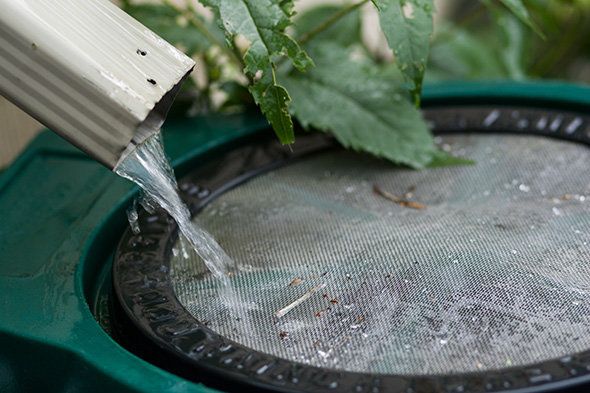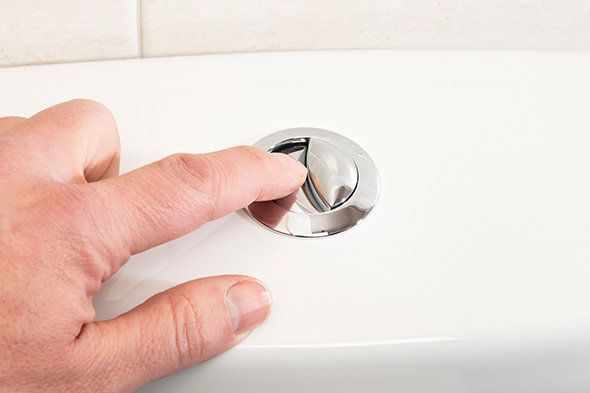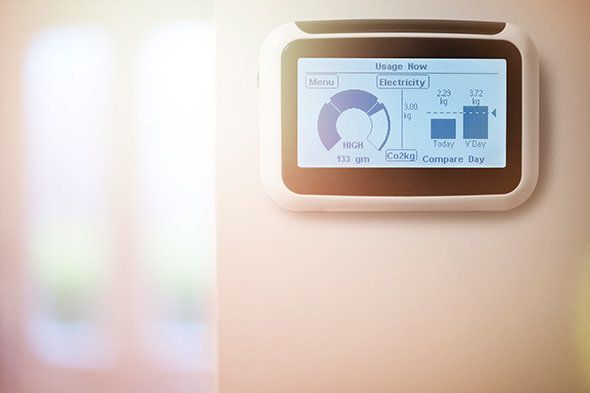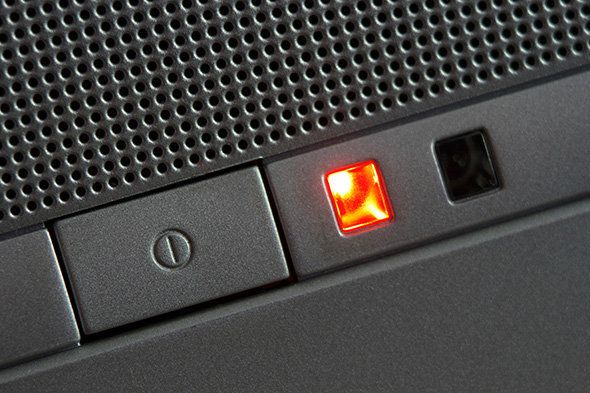In 2017, less really is more. As we all try to do more to reduce our energy consumption, it is now a sign of the times in a changing world.
What better way to start than at home with a green makeover? The Department of Energy and Climate Change (DECC) reported in 2014 that the average domestic electricity consumption per UK household was a huge 4,000kWh, and the average domestic gas consumption was 12,400kWh.
Today there are many ways to cut your consumption easily, helping save the planet and money at the same time. Indeed, according to The Green Age, a typical home in the UK has an average energy bill of around £1,326 per year for electricity and gas, so it undoubtedly time for a change.
Advertisement
Rainwater harvesting systems (RHS)

Getty
They start from being simple, inexpensive and especially useful during the warmer summer months. In essence, rain barrels connect to your home gutter system, the barrel collects and stores rain water for later use. All gardens need watering, so put the rainwater to good use. With ever-increasing technological advances, an RHS can now be plumbed into your home’s existing pipework and the rainwater used to flush toilets and wash clothes.
Flushed away

Getty
Your toilet uses more water than any other home fixture, averaging at around 30 percent of all household water. That’s a whole lot of H2O. But you can reduce it by installing a dual flush toilet. According to Waterwise, single flush toilets use 13 litres of water per flush. A dual flush lowers that to four and six litres respectively, firstly for liquid only, the other for solid waste. However, you can also fit a mechanism to your current toilet if you cannot financially afford a brand new toilet just yet. Just request a Cistern Displacement Device (CDD) from various water companies for free. All you have to do is place it in your cistern to displace about one litre of water every time you flush.
It’s getting hot in here

Getty
Most people, if not all, need hot water every day. And at some point during any month across Europe, the sun will shine. This is why a solar water heater works so well. Not only does it reduce your carbon emissions, but also sunlight is free so your energy bills are reduced. It can be fixed onto tiles or integrated into your roof, maintenance costs are generally fairly low and it works all year round.
Advertisement
Incoming reading

Getty
Say goodbye to estimated energy bills. Your current electricity meter will soon be gone, as every household in the UK will have a smart meter by 2020. If you choose to install one now, it will help you to save money and energy by allowing you to track usage, while making it far easier to switch suppliers. Indeed, there were an estimated 4.9 million meters operating across Britain by the end of last year.
Vampire power a.k.a. on standby

Getty
According to Energy Saving Secrets, around 15 percent of all household energy is used by standby functions on our modern conveniences, draining money and increasing our carbon output. But smart power strips stop this all together. By monitoring and controlling outlets, if they go into standby mode, the power consumption drops and the power strip stops all electricity to the device. However, if other devices plugged into the strip are in use then they stay on. Brilliant.